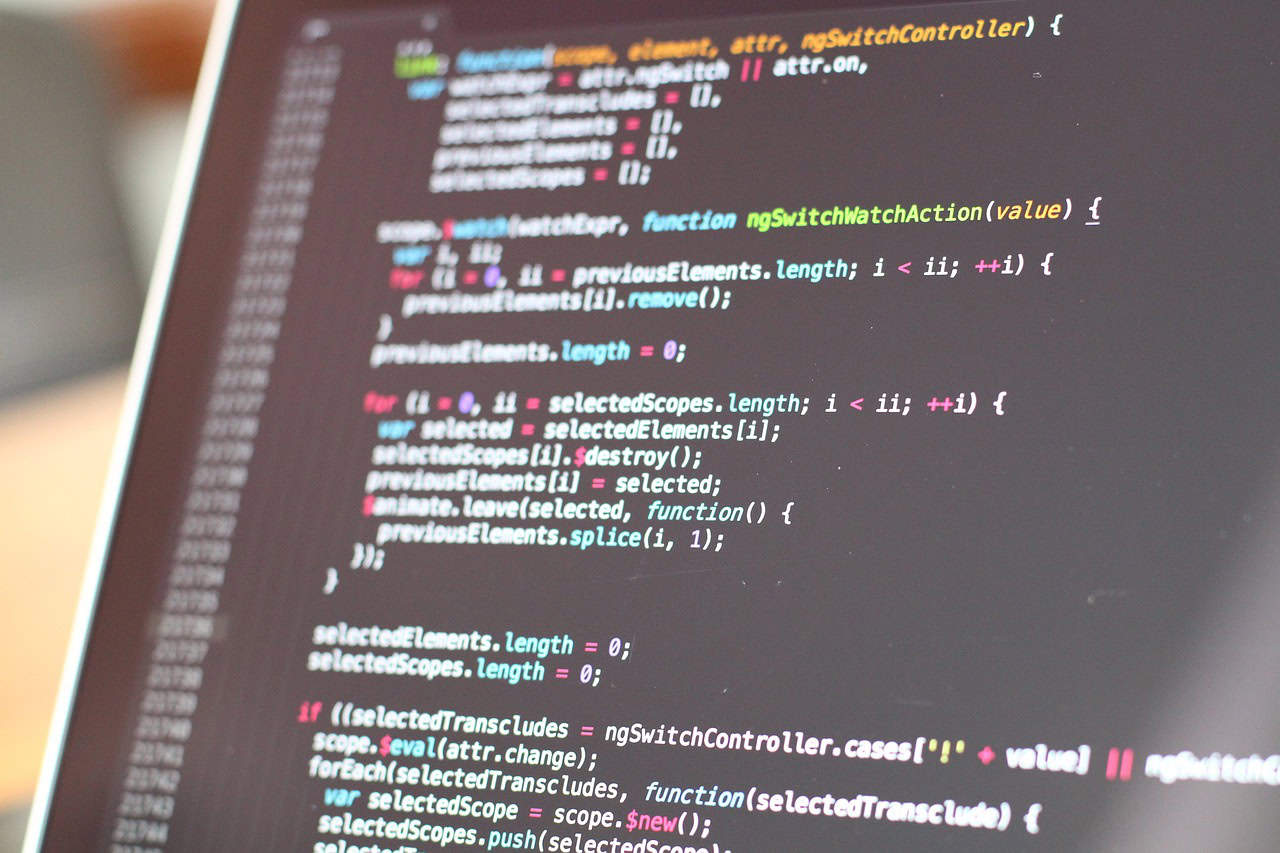Comprehensive Guide to Python Web Development for Beginners
Python web development is a versatile and popular field due to the simplicity, readability, and extensive ecosystem of libraries and frameworks associated with the Python programming language. This guide will walk you through the basics of Python web development, including frameworks, environment setup, and essential tips for novices.
What is Python Web Development?
Python web development refers to the process of building web applications and websites utilizing the Python programming language. This includes scripting server-side logic to manage HTTP requests and responses, storing and retrieving data, implementing business logic, and delivering dynamic content.
Why Use Python for Web Development?
- Versatility: The high-level nature of Python supports various applications making it suitable for both beginners and experienced programmers.
- Ecosystem: A rich ecosystem of libraries and frameworks simplifies web development tasks with notable options such as Django, Flask, and Pyramid.
- Scalability and Performance: Python’s frameworks can handle high-traffic applications efficiently through features like asynchronous programming.
Choosing a Web Framework
Django
Django is a free, open-source framework for rapid development of complex web applications. It is built on the Model-View-Controller (MVC) architecture.
- Advantages: Integrated authentication system, effective URL schemes, automatic admin interface, and multiple caching mechanisms.
- Limitations: It can be overkill for smaller projects due to its extensive features.
Flask
Flask is a lightweight micro-framework that offers flexibility and control over the application’s structure, ideal for smaller projects.
- Advantages: Simple to learn, highly customizable, and perfect for small to medium-sized applications.
- Limitations: Requires more manual configuration compared to Django.
Pyramid
Pyramid is a minimalist framework appropriate for both small and large applications, favored by companies like Mozilla.
- Advantages: Flexible and minimalist, with URL mapping configured by routes and comprehensive documentation.
- Limitations: More configuration is needed compared to Django or Flask.
Setting Up Your Development Environment
- Install Python: Download the latest version from the official Python website and follow the installation instructions.
- Choose a Framework: Consider your project needs; Flask is ideal for beginners while Django serves more complex applications well.
- Set Up a Virtual Environment: Use `virtualenv` or Python’s `venv` module to isolate project dependencies.
Best Practices for Python Web Development
- Learn the Basics of Python: Master Python fundamentals before diving into web development.
- Use Version Control: Employ Git for version tracking and collaboration. Platforms like GitHub are excellent for hosting repositories.
- Test Your Code: Incorporate test-driven development (TDD) using frameworks like Pytest or Unittest.
- Deploy Your Application: Host your completed application using services like Heroku, AWS, or Google Cloud.
- Resources: Explore tutorials from FreeCodeCamp, Real Python, and BrowserStack for comprehensive guidance.
Conclusion
Python web development opens a world of possibilities for both newcomers and seasoned developers. By selecting the appropriate framework, establishing a proper development environment, and adhering to best practices, you can efficiently build quality web applications. For more in-depth learning, check out resources on the Python Web Development Essentials or explore advanced frameworks and techniques.
Projects and Applications in Python Web Development
Key Projects
- Project 1: Personal Blog
Create a personal blog using Flask where users can read, comment, and post entries. This project will enhance your understanding of routing, templates, and database integration.
- Project 2: E-commerce Web Application
Develop an e-commerce platform using Django that supports product listings, user registrations, and shopping cart functionalities. This project emphasizes creating complex models and handling user sessions.
- Project 3: RESTful API for a Todo Application
Build a RESTful API in Python using Flask to manage a simple todo list application. This project focuses on API development, data serialization, and using Flask-RESTful.
Python Code Examples
Example Code: Flask Personal Blog
from flask import Flask, render_template
app = Flask(__name__)
@app.route('/')
def home():
return render_template('home.html')
if __name__ == '__main__':
app.run(debug=True)
Example Code: Django E-commerce Site
from django.shortcuts import render
from .models import Product
def product_list(request):
products = Product.objects.all()
return render(request, 'product_list.html', {'products': products})
Example Code: RESTful API for Todo Application
from flask import Flask, jsonify, request
app = Flask(__name__)
todos = []
@app.route('/todos', methods=['GET', 'POST'])
def handle_todos():
if request.method == 'POST':
todos.append(request.json)
return jsonify(request.json), 201
return jsonify(todos)
if __name__ == '__main__':
app.run(debug=True)
Real-World Applications
Python web development is prevalent in various sectors that require dynamic and interactive web applications. Companies utilize Python frameworks to create robust web applications that cater to e-commerce, social networking, and content management systems. Django, with its batteries-included philosophy, powers large-scale applications like Instagram and Pinterest, while Flask is preferred for smaller services and microservices architecture due to its lightweight nature.
Moreover, the demand for RESTful APIs has led to a surge in Python-based backend development, allowing applications to communicate over the web seamlessly. As organizations increasingly adopt cloud technologies, frameworks like Django and Flask are being deployed on cloud platforms like AWS, Google Cloud, and Heroku for scalable web solutions.
Next Steps
Armed with the foundational knowledge of Python web development, it’s time to dive deeper! Start by building a simple web application using Flask or Django to put your skills into practice. You can follow along with tutorials like BrowserStack’s guide for a step-by-step approach.
Additionally, consider experimenting with different frameworks to see which one aligns best with your development style. Once comfortable, explore advanced topics such as RESTful APIs, deployment strategies, or integrating databases into your applications.
Finally, don’t forget to check out our resources on the Python Web Development Essentials for further insights and best practices that can enhance your journey in Python web development.

2 thoughts on “Master Python Web Development: A Beginner’s Guide to Frameworks and Best Practices”
Comments are closed.